A musician becomes deaf and struggles to adapt to a new life.
The post ‘Inaudible’ by Gints Zilbalodis appeared first on Cartoon Brew.
Add a Comment
A musician becomes deaf and struggles to adapt to a new life.
The post ‘Inaudible’ by Gints Zilbalodis appeared first on Cartoon Brew.
Add a CommentIt’s a wild free-for-all when a famous boys’ choir breaks away from their conductor while on tour in Seoul and causes mayhem in the hotel.
Add a CommentThe country of Latvia has selected Signe Baumane's "Rocks in My Pockets" as its entry for the best foreign-language category of the Oscars.
Add a CommentA man has nothing to lose except his dream. To make his dream come true the man embarks on a dangerous journey. But his destination is not what it seems.
Add a Comment
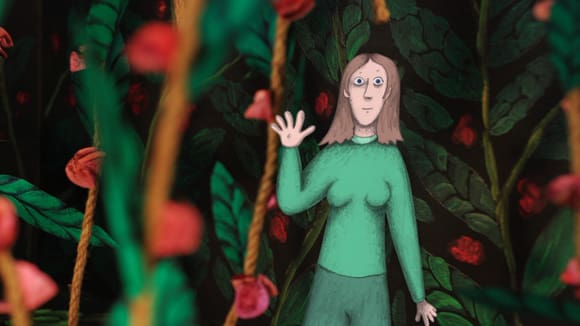
Signe Baumane is making an independent animated feature film called Rocks in My Pockets, which has a website here and a production blog here. Signe is creating paper mache miniature sets as the dimensional backgrounds for her drawn character animation which she composites on top. The film itself is a “funny film about depression” according to the website, which continues Signe’s history of creating work that tackles adult subjects with humor.
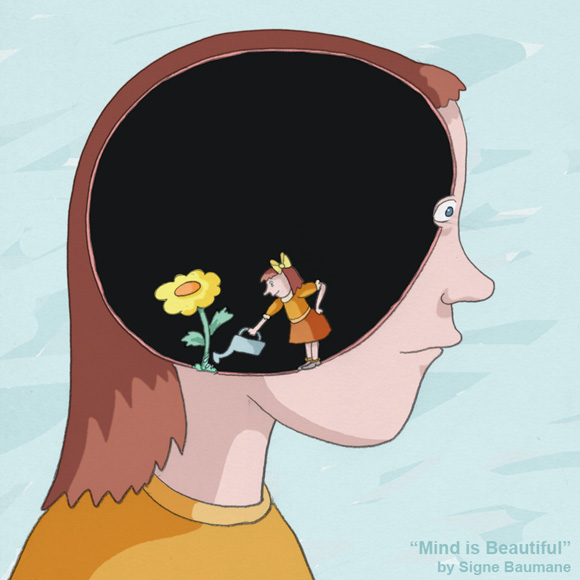
Signe also has a website here for her work. Design-wise it looks a bit like a relic of Internet history (I’m getting nostalgic over these glowing buttons and pop-up browser windows), but it still does the job. You can read up on Signe’s biography including her origins in Latvia and the fact that in 1999 she achieved permanent residency status here in the U.S. as an impressively titled Alien of Extraordinary Ability.
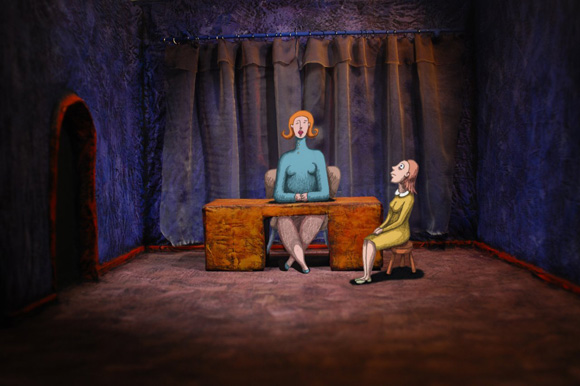
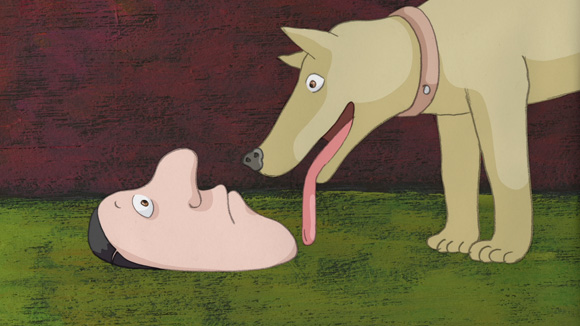
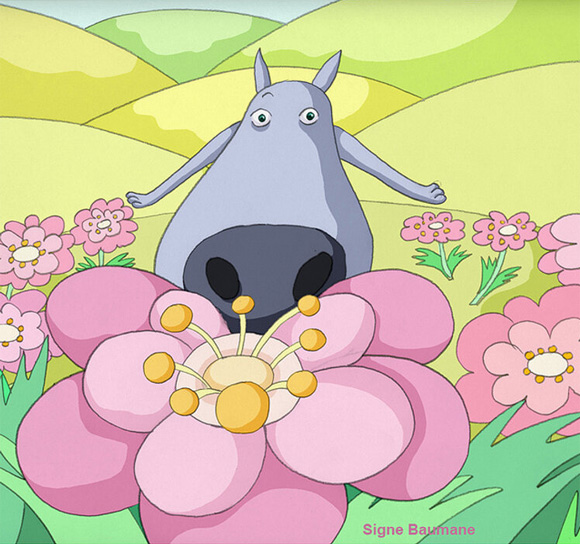
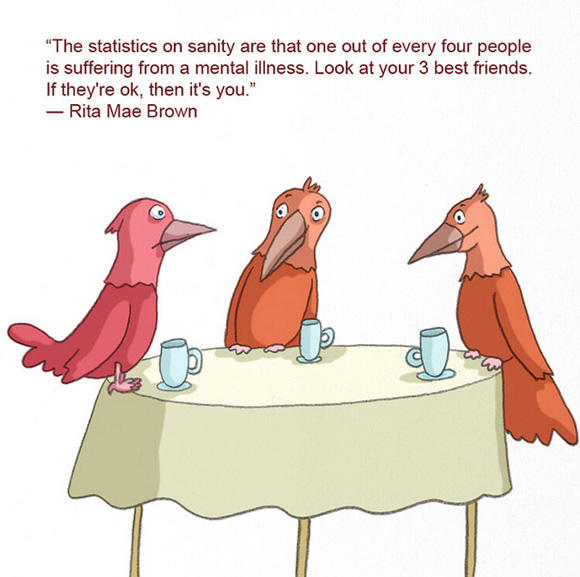
We here at Three Percent clearly love Eurovison. To celebrate this year’s version of the World’s Greatest Music Competition we asked Latvian writer Janis Stirna to write a month-long series of articles about all the contestants. In our excitement to “get to the whale” (so to speak), we knew we wouldn’t have time to adequately translate his pieces, so we asked him to write in English, which he assured us wasn’t a problem. (Everyone in Latvia knows English, apparently.) His next post will be about more of the semi-finalists and will probably contain lots of videos . . . Enjoy!
Hello my friends.
Welcome to month of May, that of many things is also month of Eurovision! You are asking what is Eurovision? Why, Eurovision is only most important songgames contest in Europe and other countries You do not know are to exist either! In Eurovision times, is time for us to show whole world how many talent is we have (and sometimes how many awful is we have too—as example how we have no good musics, or how much dancing and how covered in buttocks our mens is or how much pretty and how covered in breasts our womens is—and how few clothings they all can wearing). Is also time for us to show all world fundamental approximations of European politics and what countries are best friends and what countries think what other countries should go to home of Devil Satan in wicker box with handle. Is true!
How is Eurovision contest working? Firstly, all countries play songgames in their motherlands for to choose what music to send to big songgames contest. Because Azerbaijan land was winning last year, Eurovision contest is this year in Baku. So then all countries this year play their songgames and are having their peoples voting, then take their country’s winner and say “Hello, Baku, we are to sending of ________ for big songgames contest!” And Baku say “Okay, motherland friends, we are welcoming of ________ to Baku and see You in end of May goodbye!”
Secondly and thirdly Baku is welcoming all countries that are participate in Eurovision and all peoples are watching semi-finals 1 and 2. In this year of 2012 will be participate 42 countries—is already 5 of countries, sometimes called “big countries” which are every year automatical in grand final because they are big and puffy-headed and are always best always, even when they have silly song or song that make You want for self-knifings in ear and eyes and sometimes arms. These are countries United Kingdom, Spain, Italy, Germany, France. Also winner from year previous is getting to be already in grand final with puffy-head lands. Is only making sense.
In semi-finals 1 and 2 and in grand final all peoples of all 42 countries are making voting on SMS. One may not voting for own motherland, but one may voting for all other countries. In all times one may voting on SMS 20 votings. I do not know what happening if voting for own motherland, maybe they finding You and making You for to sleep with angry pigs or drinking of strange poisons for example this liquid I have heard in stories Rootbeer. In stories it is brown and magic and tasting at same time of pig mud and sunshines and how childrens of Americas they love it. Pig mud?! How is they not poisoned?
Then comes grand finals times. So good times! Grand finals is taking 10 countries from semi-finals 1 and 10 countries from semi-finals 2 and 5 big puffy-head countries and also Baku and making of big Eurovision songgames times. All grand finals countries are singing once more and hoping for peoples to make voting for them on SMS. Votings are then make by every 42 motherlands playing 2012 Eurovision songgames and giving points of 1, 2, 3, 4, 5, 6, 7, 8 and then 10 and 12 for specified motherland favorite. Is also Jury making votings, but no peoples are caring. Sorry Jury!
Add a Comment
Making a difference to the health of populations, however small, is what most people in public health hope they are doing. Epidemiologists are no exception. But often caught up in the minutiae of our day-to-day work, it is easy to lose sight of the bigger picture. Is health improving, mortality declining, are things moving in a positive direction? Getting out and taking in the view (metaphorically as well as literally) can have a salutary effect. It broadens our perspectives and challenges our assumptions. Looking at recent trends in European life expectancy is a case in point.
Since 1950 estimated life expectancy at birth of the world’s population has been increasing. Initially, this was accompanied by a convergence in mortality experience across the globe—with gains in all regions. However, in the final 15 years of the 20th century, convergence was replaced with divergence, in part due to declines in life expectancy in sub-Saharan Africa. However, this global divergence was also the result of declining life expectancy in Europe. Home to 1 in 10 of the world’s population, and mainly comprised of industrialized, high-income countries, Europe has over 50 states. These include Sweden and Iceland that have consistently been ranked among the countries with the highest life expectancies in the world. But while for the past 60 years all Western European countries have shown increases in life expectancy, the countries of Central and Eastern Europe (CEE), Russia and other parts of the former Soviet Union have had a very different, and altogether more negative experience.
Trends in life expectancy between 1970 and the latest year available are shown in the Figure 1 for an illustrative selection of countries. These data were taken from one of two open sources : (i) the WHO Health for All Database or (ii) the Human Mortality Database, depending on which one had the longest time series. Differences between the sources are minimal for the purposes of this editorial. It is important to emphasize at the outset, that with one exception (discussed below), the trends shown in the Figure 1 are overwhelmingly driven by changes in mortality in adult life, not in infancy or childhood and are not the result of artefact.
Former communist countries of Eastern Europe
Between 1970 and the end of the 1980s, life expectancy at birth in the former communist countries of CEE (Czech Republic, Hungary, Poland and Slovakia), Russia and the Baltic states (Estonia, Latvia and Lithuania) stagnated or declined (Figure 1). This led to an increasing gap between them and Western European countries as the latter steadily improved. However, within a few years of the collapse of the Berlin wall in 1989, life expectancy started to steadily increase in the countries of CEE. This vividly illustrates that mortality can decline rapidly in response to political, social and economic change. Interestingly, once underway, the post-1989 increase in life expectancy in these countries has continued at a steady rate that is very similar to Western Europe. These parallel trajectories mean that the East–West gap, measured in terms of absolute differences in years of life expectancy, is proving very difficult to eliminate, despite earnest hopes to the contrary.
The trajectories of Russia and other Soviet countries, including the three Baltic States in the Figure 1, were strikingly different to those of the CEE countries. The anti-alcohol
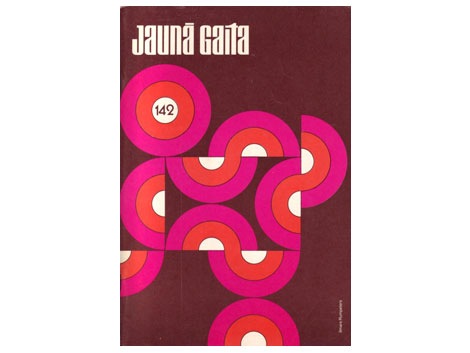
After the second World War many Latvian writers were relocated to different areas of the world. Many ended up in Great Britain, Canada and the USA. Living in these new lands they began their own periodicals and publication houses. A new generation of writers emerged. “Living in foreign lands and surrounded by other cultures, these writers strove to capture the influences of modernism.” * One of the magazines that surfaced during this time period was Jauna Gaita (the new course). Ilmārs Rumpēters who designed many of the covers of Jauna Gaita during the 1950s-1970s, wonderfully captured the spirit of this era.
1950s, 1960s, 1970s, book covers, Latvia, magazines, Mid century, modern
 I was there in Illinois wearing my sandals and no sleeves a few days ago, right before my birthday. Coming from visiting Tucson, I had forgotten about the weather difference, and I found myself completely unprepared for the cold. Yet the kids and the teachers at Lakewood School and Hampshire High school made my visit a warm event.
I was there in Illinois wearing my sandals and no sleeves a few days ago, right before my birthday. Coming from visiting Tucson, I had forgotten about the weather difference, and I found myself completely unprepared for the cold. Yet the kids and the teachers at Lakewood School and Hampshire High school made my visit a warm event.
Ands so, here are some of the things I saw in Illinois:
From Lakewood School, six grade creations! Notice the inclusion of iconic skeletons in some of their drawings, an homage to Sr, Calavera.


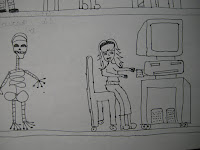


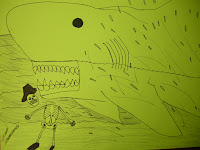

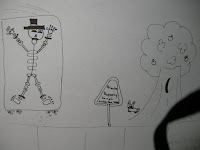



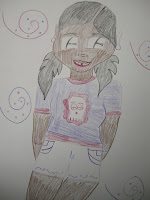


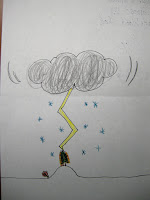
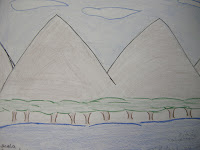
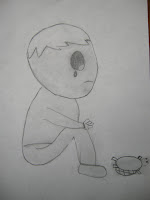
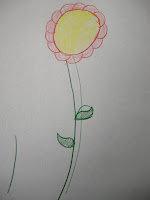


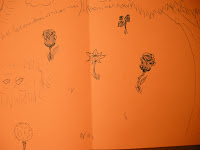

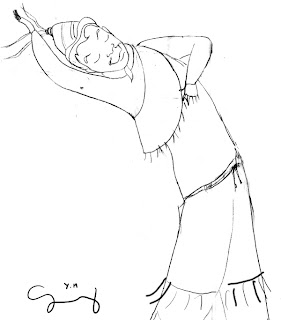
 What a great day in Illinois!
What a great day in Illinois!